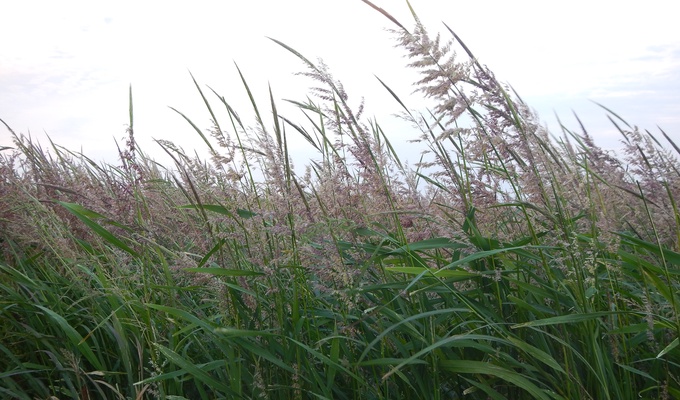Wild rice (genus Zizania), also called manoomin by the Anishinaabe people, is a historical staple in the diet of Native American groups in the Great Lakes region, especially Minnesota. Historically, it was harvested by hand using traditional methods from lakes and slow-moving streams, particularly in northern Minnesota, where it remains integral to Ojibwe culture.
In Minnesota cuisine, wild rice is valued for its earthy, nutty flavor and chewy texture, distinguishing it from true rice (Oryza sativa). Traditional and contemporary preparations include wild rice soup, pilafs, casseroles, and stuffing.
Common recipes often combine wild rice with mushrooms, poultry, or game, and sometimes local ingredients such as cranberries or maple syrup. Preparation typically involves rinsing to remove debris, followed by simmering in water or broth until the grains split open, a process that usually takes 45–60 minutes. Wild rice continues to feature prominently in Minnesota culinary traditions, both in home kitchens and restaurant menus.
